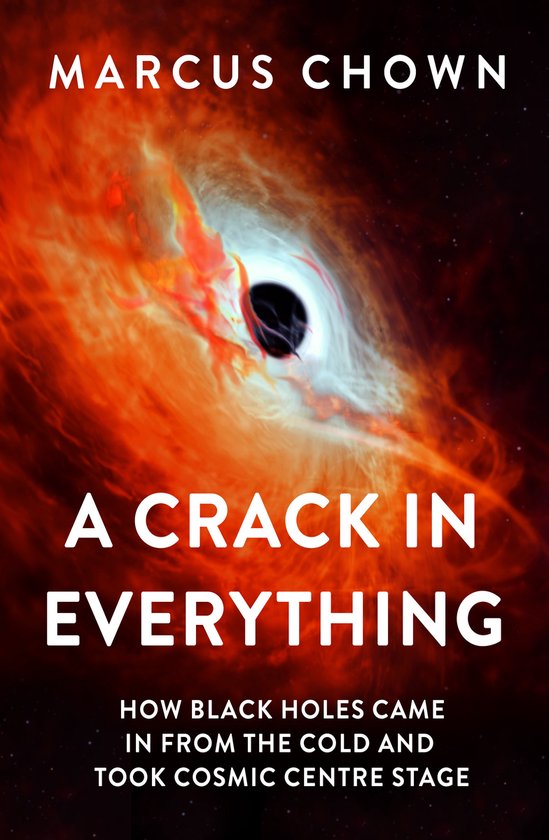
A Crack in Everything
A Crack in Everything explores the fascinating breakthroughs that led to the discovery of black holes, the scientific enigma that could unlock the answers to mankind’s most profound questions about the universe.
What is space? What is time? Where did the universe come from? The answers to mankind’s most enduring questions may lie in science’s greatest enigma: black holes. A black hole is a region of space where gravity is so strong that nothing, not even light, can escape. This can occur when a star approaches the end of its life. Unable to generate enough heat to maintain its outer layers, it shrinks catastrophically down to an infinitely dense point. When this phenomenon was first proposed in 1916, it defied scientific understanding so much that Albert Einstein dismissed it as too ridiculous to be true. But scientists have since proven otherwise. In 1971, Paul Murdin and Louise Webster discovered the first black hole: Cygnus X-1. Later, in the 1990s, astronomers using NASA’s Hubble Space Telescope found that not only do black holes exist, supermassive black holes lie at the heart of almost every galaxy, including our own. It would take another three decades to confirm this phenomenon. On 10 April 2019, a team of astronomers made history by producing the first image of a black hole. A Crack in Everything is the story of how black holes came in from the cold and took cosmic centre stage. As a journalist, Marcus Chown interviews many of the scientists who made the key discoveries, and, as a former physicist, he translates the most esoteric of science into everyday language. The result is a uniquely engaging page-turner that tells one of the great untold stories in modern science.
What is space? What is time? Where did the universe come from? The answers to mankind’s most enduring questions may lie in science’s greatest enigma: black holes. A black hole is a region of space where gravity is so strong that nothing, not even light, can escape. This can occur when a star approaches the end of its life. Unable to generate enough heat to maintain its outer layers, it shrinks catastrophically down to an infinitely dense point. When this phenomenon was first proposed in 1916, it defied scientific understanding so much that Albert Einstein dismissed it as too ridiculous to be true. But scientists have since proven otherwise. In 1971, Paul Murdin and Louise Webster discovered the first black hole: Cygnus X-1. Later, in the 1990s, astronomers using NASA’s Hubble Space Telescope found that not only do black holes exist, supermassive black holes lie at the heart of almost every galaxy, including our own. It would take another three decades to confirm this phenomenon. On 10 April 2019, a team of astronomers made history by producing the first image of a black hole. A Crack in Everything is the story of how black holes came in from the cold and took cosmic centre stage. As a journalist, Marcus Chown interviews many of the scientists who made the key discoveries, and, as a former physicist, he translates the most esoteric of science into everyday language. The result is a uniquely engaging page-turner that tells one of the great untold stories in modern science.
| Auteur | | Marcus Chown |
| Taal | | Engels |
| Type | | Hardcover |
| Categorie | | Wetenschap & Natuur |